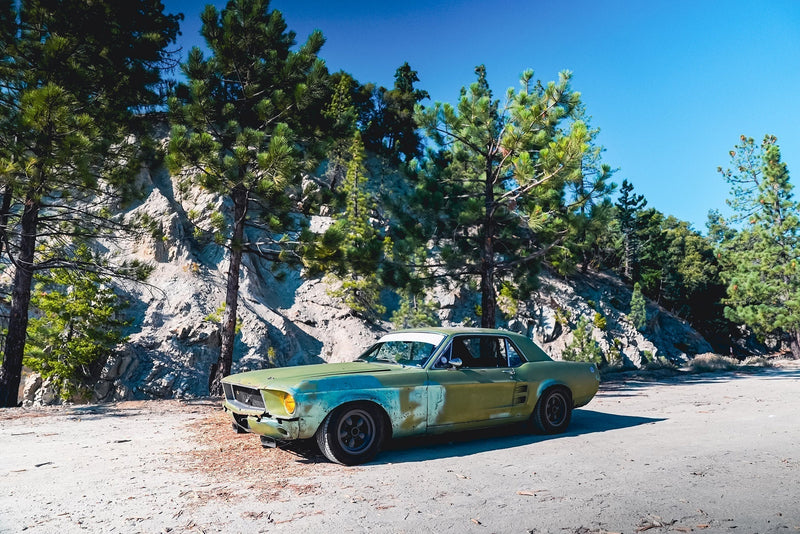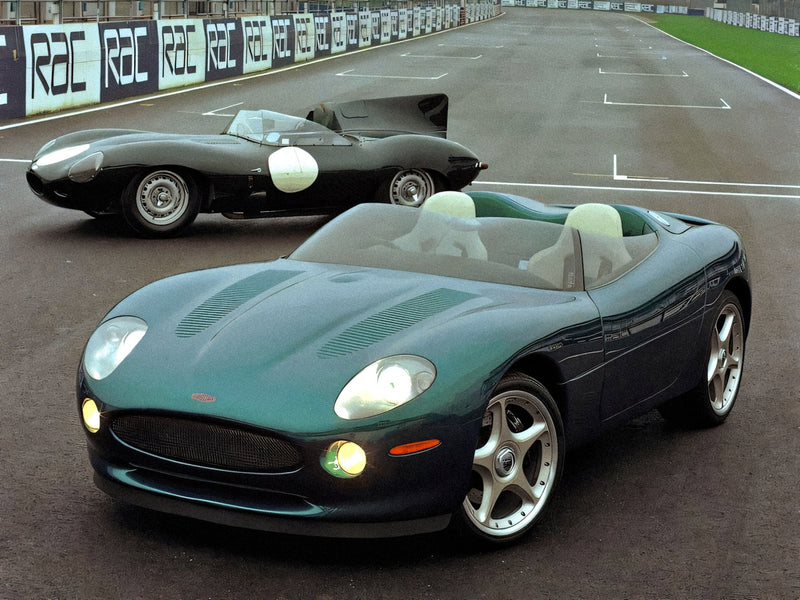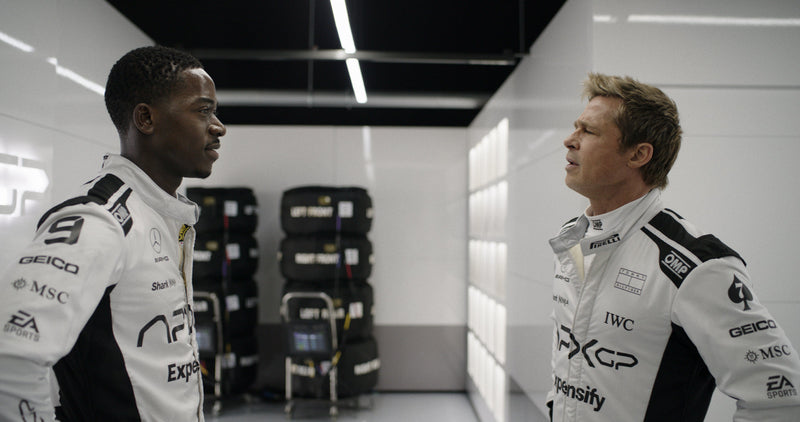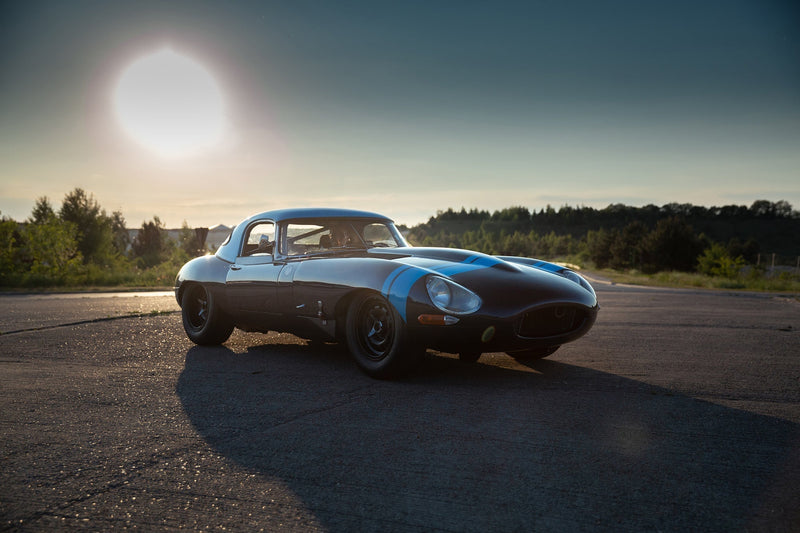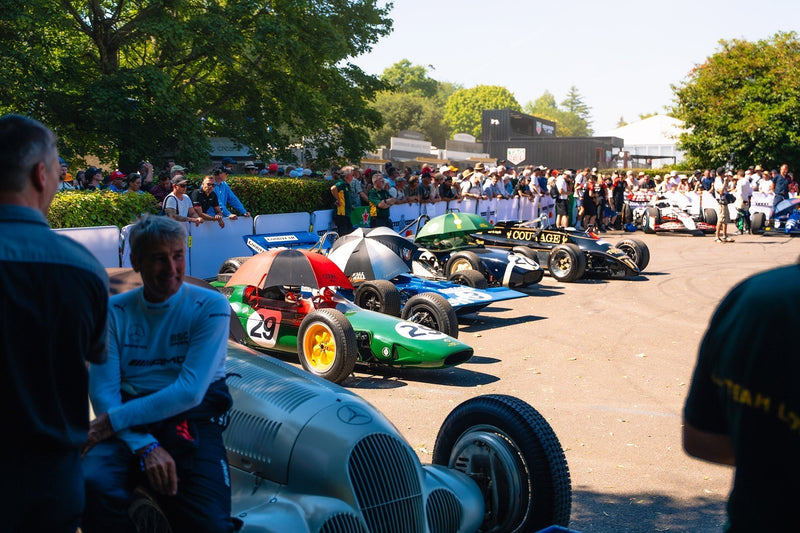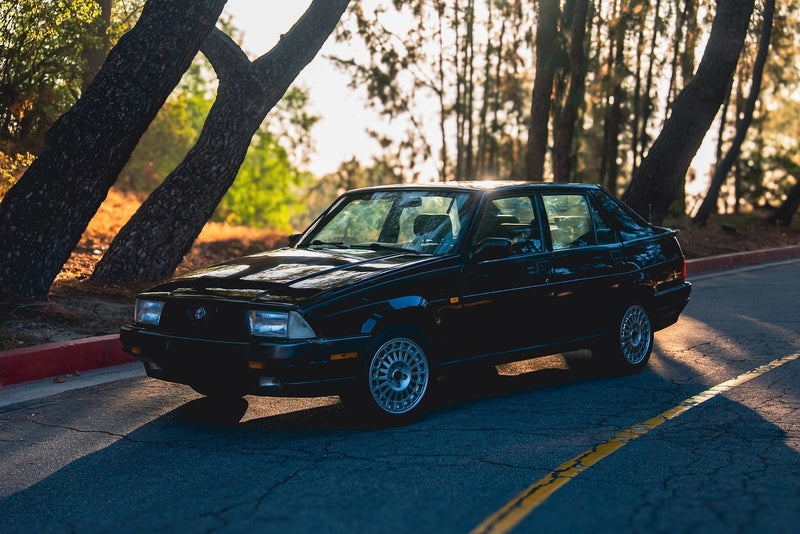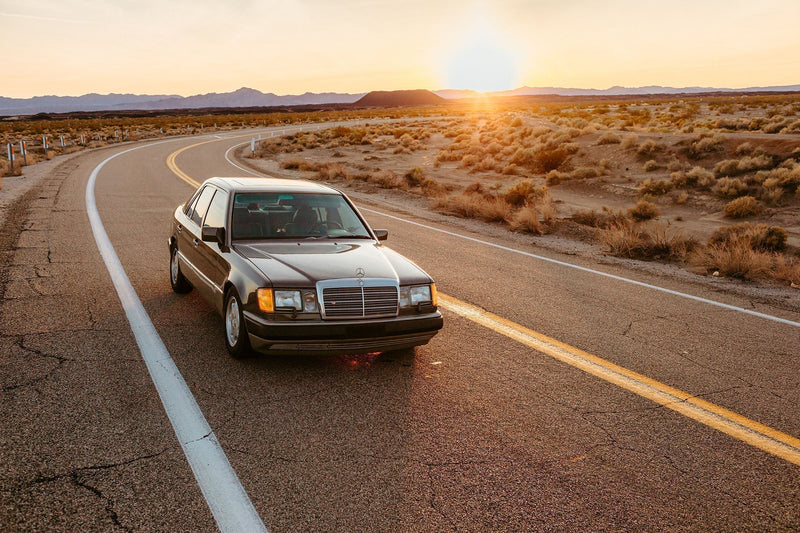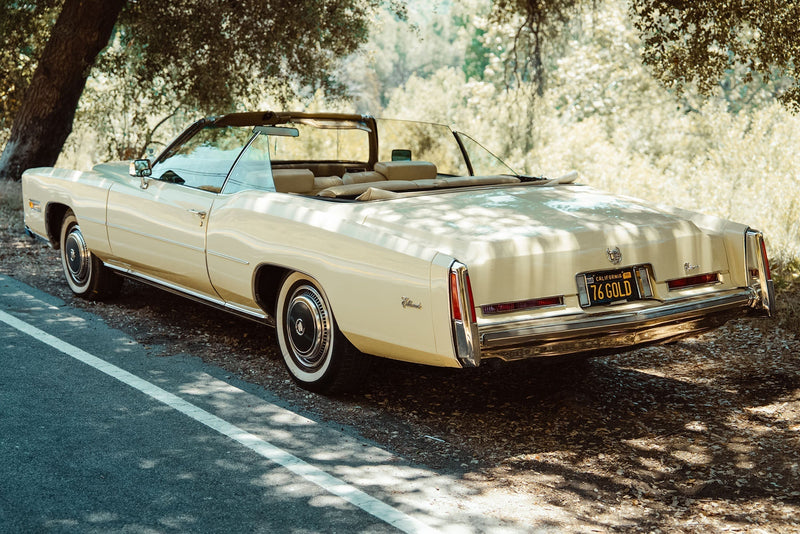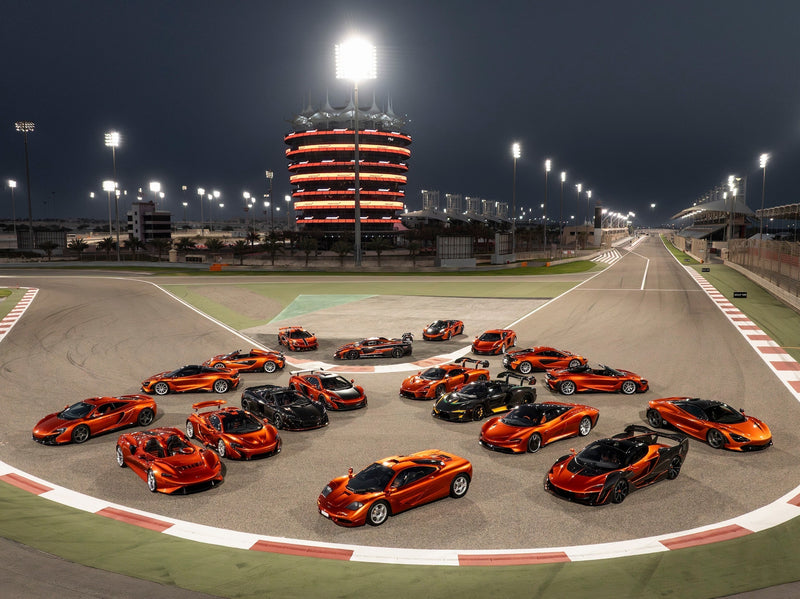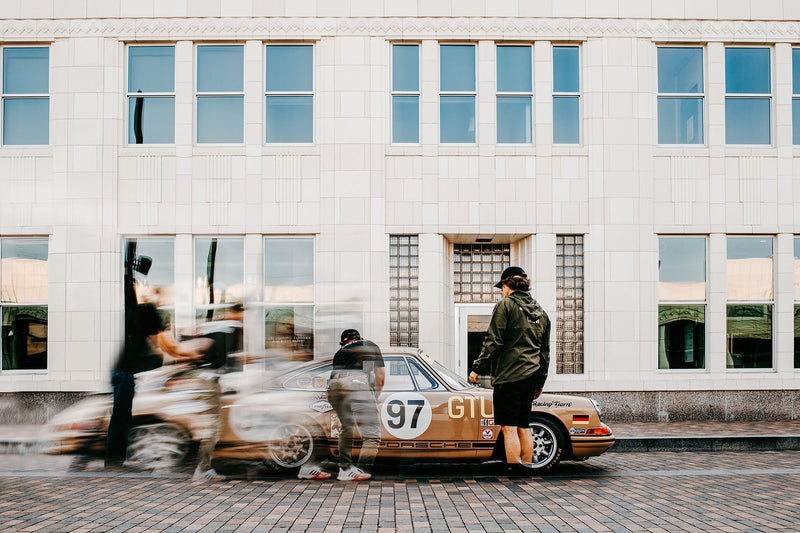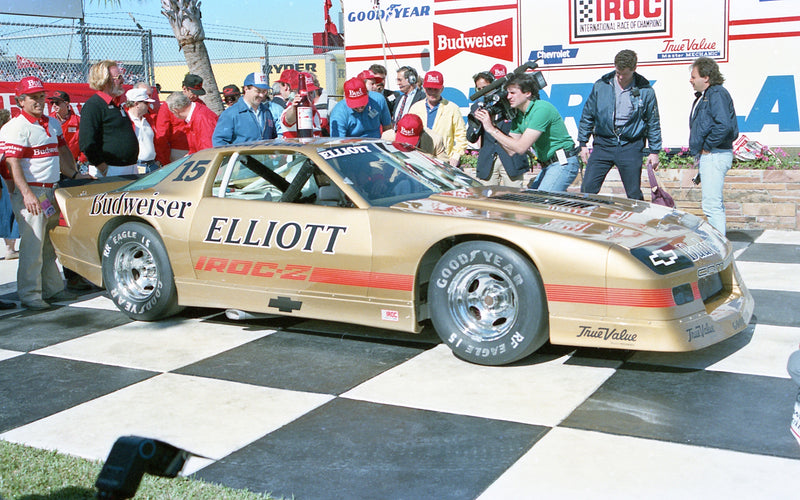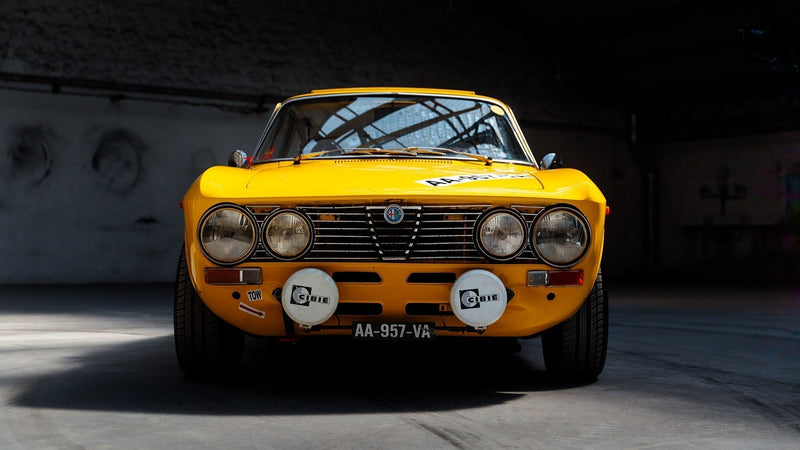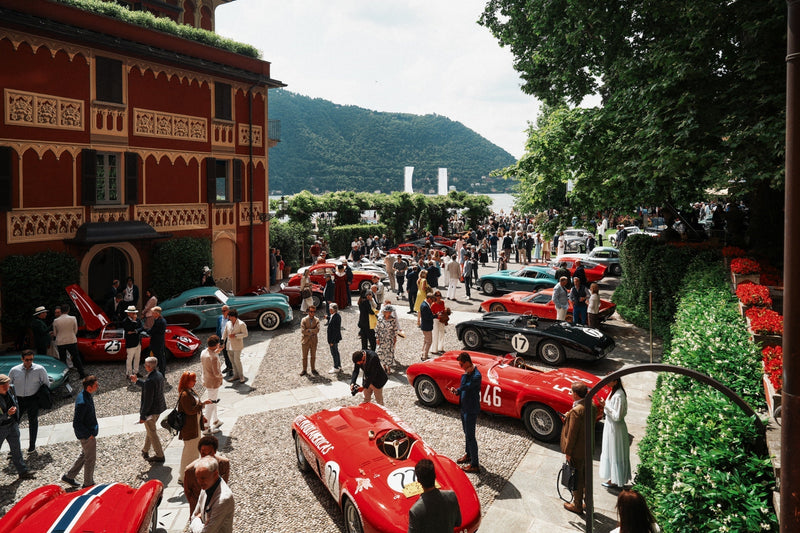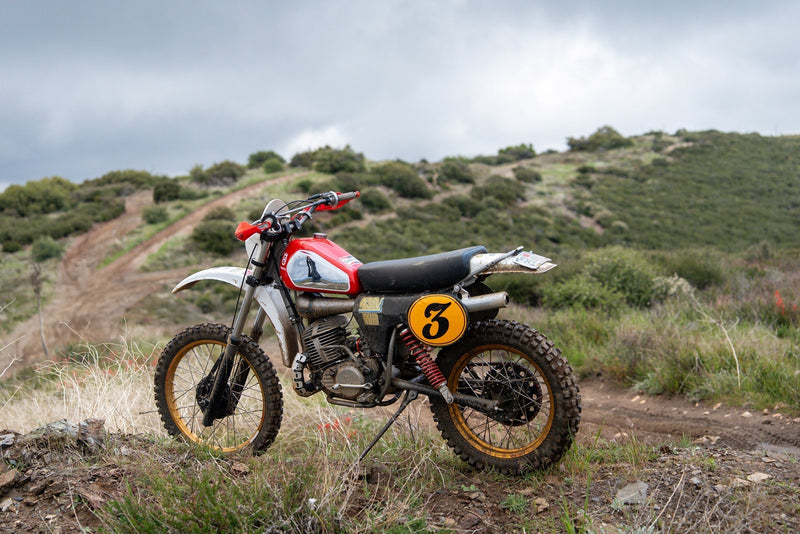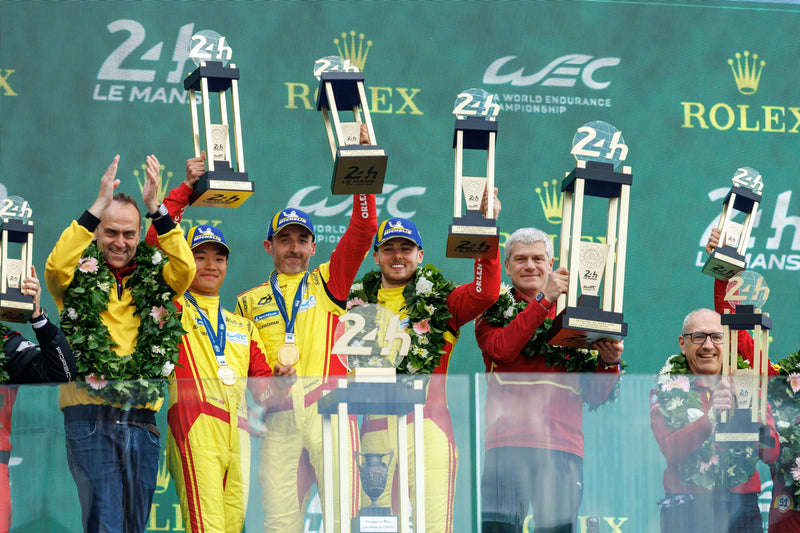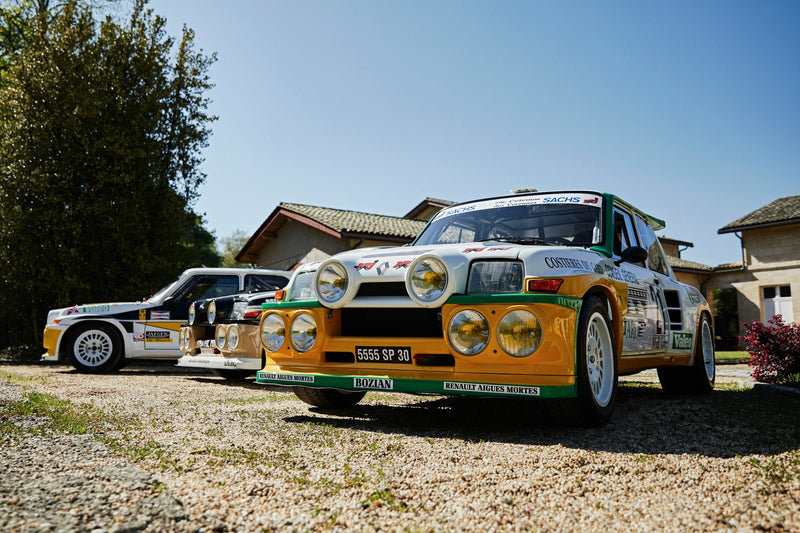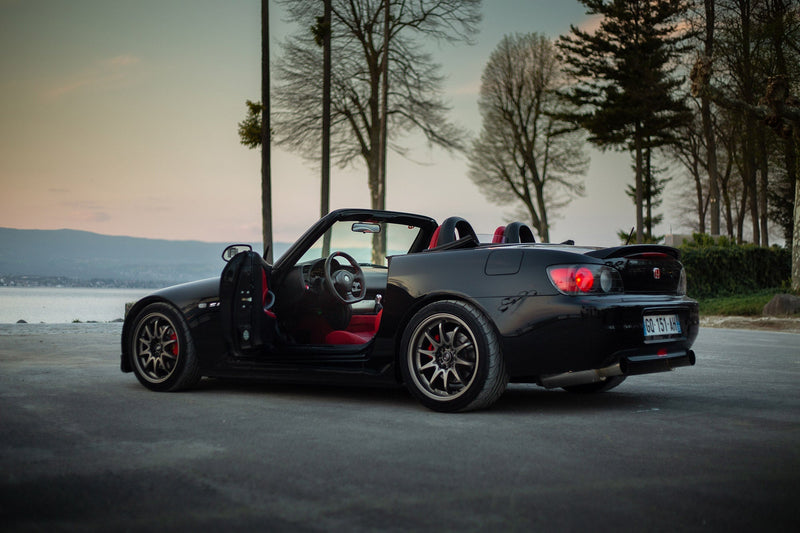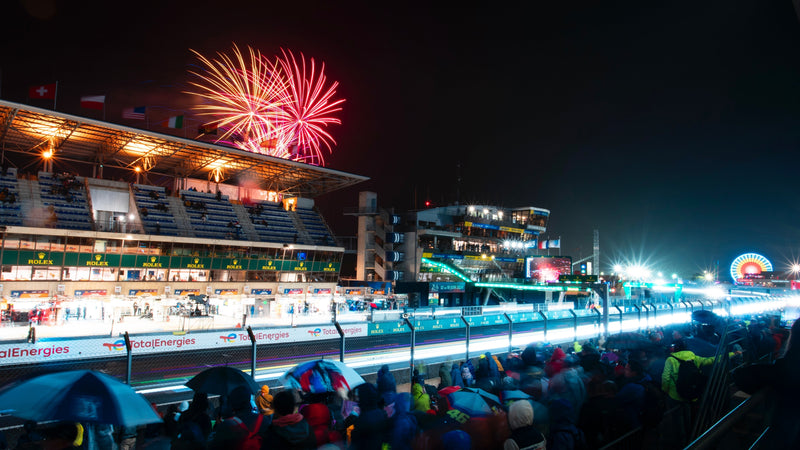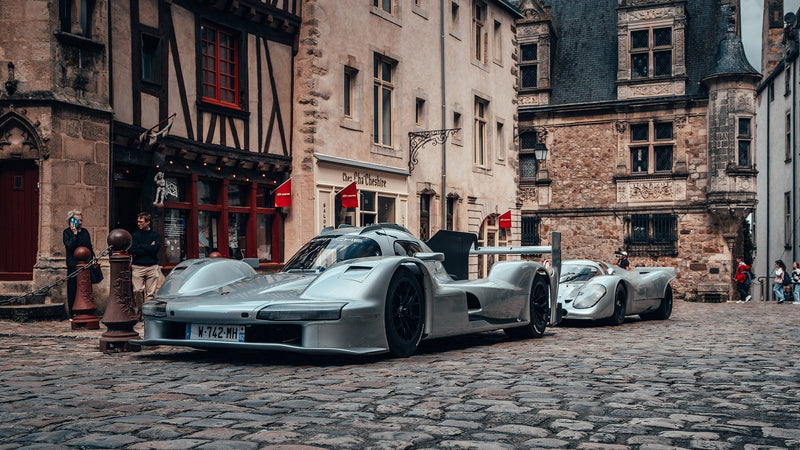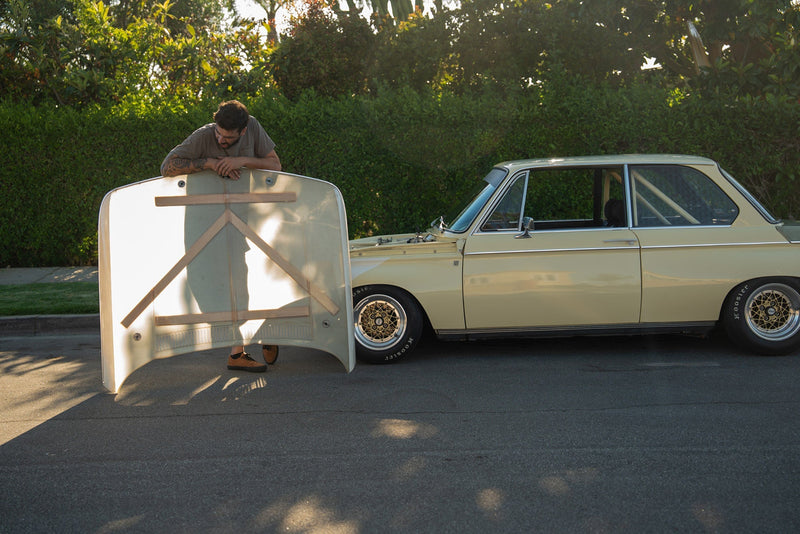For a grand touring car to live up to its name it needs to excel in the sentimental categories, but as you can see by our list of favorites from the end of the best GT era, it doesn't hurt when they also have a few overhead cams and in some cases a few hundred horsepower to propel them along at country-a-day pace.
Lamborghini Espada
Lamborghini is known for making cars that look like jets that are bought by people with very limited interest in cargo space, but there was a time when the company built something downright practical. Fresh off of their genre-defining Miura mid-engine supercar, Ferruccio Lamborghini had his engineers work once more with designer Marcello Gandini on something to diversify the brand's lineup for the late 1960s. In stark contrast to the cramped two-seater that liked to catch on fire, they came up with a grand tourer that could comfortably seat four adults and waft them from coastline to mountainside thanks to a V12 good for over 320hp at launch.Rather than try to hide the extra interior under an ungainly roofline or force the rear passengers to origami themselves into seated position under a traditional fastback angle, Gandini's Espada design embraces the form its purpose has given it, with the rear half of the car proudly upright and covered with glass, almost looking like the back end has been hoisted atop some great big set of shoulders. It's almost a shooting brake when viewed from the right angles, and that pert, semi-transparent Kamm tail goes a long way in tightening up the otherwise large machine.





Even if you don't want the kids or an alternative form of moocher filling up the rear buckets, the Espada presents an intriguing alternative to the traditional grand tourer concept. If you drive it alone, you have the privilege of controlling a V12 Lamborghini from the firm's glory days. If you drive it with others, you have the privilege of sharing that rare experience.


Estimated current market: $115,000 // Down payment: $11,500 // Estimated monthly payment: $1,540 plus tax
Maserati Ghibli
The 2+2 layout lends itself toward long, ungainly, impractical cars that just feel like compromise, but like Lamborghini, Maserati managed to produce something beautiful on the other end of the equation. Granted, the rear seats in a Ghibli hardly qualify as anything other than brief horizontal pads that can be sat on in theory, but this is a fastback that can technically cart around a family of four if two of them are very small children who don't get sore and barely complain, a feat that most Italian cars worth driving can't match.It's funny how tight and spacious the Ghibli can be simultaneously. It's quite squished toward the ground in overall appearance, but it's like the height was simply kneaded out into the rest of the body like a batch of bread dough. Giorgetto Giugiaro's design for the Ghibli is about as far from doughy as they come however, with hardly a discernible curve on the sharp, rakish profile he drew for Maserati's mid-'60s GT project.




The original Ghibli is a superb looker, but it was always more than just another nice piece of styling from a time ripe with examples. Under the long hood is a pretty serious V8—a 4.7L in the standard model, a 4.9L in the Ghibli SS, good for 305 and 330hp respectively—that was not to be looked down upon by the car's countrymen with bigger cylinder counts. Hell, it was dry-sumped and had four camshafts and made over 300hp and was fitted inside a car that looks like this—what's missing?




Estimated current market (for Ghibli SS): $310,000 // Down payment: $31,000 // Estimated monthly payment: $3,693 plus tax
Citroën SM
The Ghibli was a strong seller for Maserati when it was released in 1967, but the company was still up against the figurative financial wall. Citroën bought Maserati in 1968 in an attempt to use the Italian company's engine expertise for a new sports grand tourer, a market the French manufacturer had yet to enter. Citroën had been looking for a way to replace the increasingly less avant-garde DS with something more modern, but that project eventually evolved into something entirely new: the SM. Designed by Robert Opron, the SM was yet another striking avant-garde form, a clear evolution of the design language of the DS for a new era, and it came with Citroën's highly-advanced hydropneumatic suspension system.The only thing it needed to become a flagship car not just for Citroën but for France was a good engine. Rather than build their own, they let their new colleagues at Maserati handle that part. Giulio Alfieri came up with the original 2.7L V6 design that was tweaked from carb'd to fuel injected and into a three-liter unit over the lifespan of the SM.



With around 170hp for all variants of the SM, the car was never going to be an out and out missile, more like a cloud capable of being worked into a hurry. Still, it was the fastest front-wheel drive car ever produced when it was put on sale in 1970, and though it won't beat anything else on this list from stoplight to stoplight, you'd be hard pressed to find a more stylish means of transportation from any decade.




Estimated current market: $75,000 // Down payment: $7,500 // Estimated monthly payment: $994 plus tax
BMW 3.0CSL
Just about any E9 will do the job of a GT car and then some, but the CSL version adds racing pedigree into the mix and makes the already sweet recipe that much better. Homologated so that BMW's new Motorsport division could win the European Touring Car Championship (which they did with this car, six times), the CSL road cars were "lightweighted" through the use of plastics in place of glass, thinner steel and aluminum bodywork, the removal of unnecessary options (and sound deadening), and a cloth Scheel interior in place of the heavier and often leather-wrapped standard seats. Find a late one from 1973 with the full "Batmobile" kit and you'll end up paying a lot more than one without the big wing and air dam, and the impact is surely more visual than functional in most use cases.The CSL, any of them, from early carbureted to late fuel-injected examples, takes the sublime and reassuring comforts of the standard E9 chassis and adds just enough zest to blur the lines between cruising and carving when you go out for a drive with corners.




The car feels like spring-loaded granite, a big sturdy train that has body roll but never gets manages to get mushy when you transition between backroad esses. It's supremely easy to drive, but it's not like you'll be able to outdrive it. It delivers charming Bavarian third-gear meandering and the heel-toe urgency of a proper homologation special in one beautiful package.

Estimated current market: $150,000 // Down payment: $15,000 // Estimated monthly payment: $1,943 plus tax
Aston Martin DBS V8/AMV8
When it comes to outright performance in road-going packages, Aston Martin hasn't been at the forefront of the sports car conversation in some time. They're trying to change that with the new mid-engine cars that've been looming in renders for a good while now, but for the past few decades the company has resisted the shortsighted urge to market its sports cars primarily on their lap times and not what they feel like to drive down a normal street. Instead, they opted to build fast and comfortable GTs that didn't need to justify their existence with the flashiest stats.But this is a company with extensive motorsport history and a weighty trophy case to show for it, so it's hard to find any real slouches in its long and consistent history. Not even the Brits can keep up tradition forever though, so after six rounds of Aston's famous DB street cars housing straight-sixes under their stately bonnets, the plan was for the DB7 to launch with a new V8 engine. As it happened, the car meant to take on the job was finished before its proposed engine, and the V8 DB7 became the six-cylinder DBS instead. Two years later, in 1969, engineer Tadek Marek's V8 was ready, and the DBS V8 was born with a 5340cc quad-cam engine that together with the car's styling earned it immediate comparisons to American muscle and pony cars.




The template for future V8-powered Aston Martin GT cars was laid with the DBS V8, but its unique and almost Lada-like front grille was a short lived styling exercise; when the second series came in the early 1970s just before the Oil Crisis, the definitive twin-headlight front end was the first significant change to the design that persevered into the 1980s.
Estimated current market: $219,000 // Down payment: $21,900 // Estimated monthly payment: $3,180 plus tax
Ferrari 365 GTB/4 "Daytona"
The Ferrari 275 GTB was an impressive grand touring car that could woo in the paddock and wallop on the racetrack in the same weekend, but for all its accolades and the size of its fanbase, its nose and haunches have always looked a little bit bulbous. Not to call it ugly, but in terms of proportion and plain old presence it doesn't contend with the car that replaced it: the muscly scythe of Maranello that is the 365 GTB/4.After being revealed in 1968 and making its proper racing debut in 1970 with Ferrari's customer racing teams, the so-called "Daytona" found more motorsport success in France than it did in Florida (an outright win on the Tour de France and three class wins in 24 hour races at Le Mans versus two at Daytona). It did become familiar with the United States at large, though, when a certain white 365 GTB/4 crossed them to win the first Cannonball Run in 1971; with Brock Yates and Dan Gurney driving from New York City to Los Angeles on public roads, it took just 35 hours and 54 minutes. In that same year, the proper competition version of the car finished fifth overall at the 24 Hours of Le Mans, losing only to a pair of Porsche 917s and a pair of Ferrari 512 Ms while proving the general fortitude of the 4.4L four-cam V12 as an engine fit for endurance racing—of any variety.





All told, the 365 GTB/4 presents a strong case as being the greatest GT car of its time. The Cannonball demonstrated the big Ferrari's ability to function in what is perhaps the real world's best test of devouring long distances at high speeds; its multi-year campaign in endurance sports car racing showed just how competent it was amongst its peers; and Leonardo Fioravanti's shape is one of the sexiest cab-rearward designs of its or any era.



Estimated current market: $700,000 // Down payment: $70,000 // Estimated monthly payment: $8,819 plus tax































